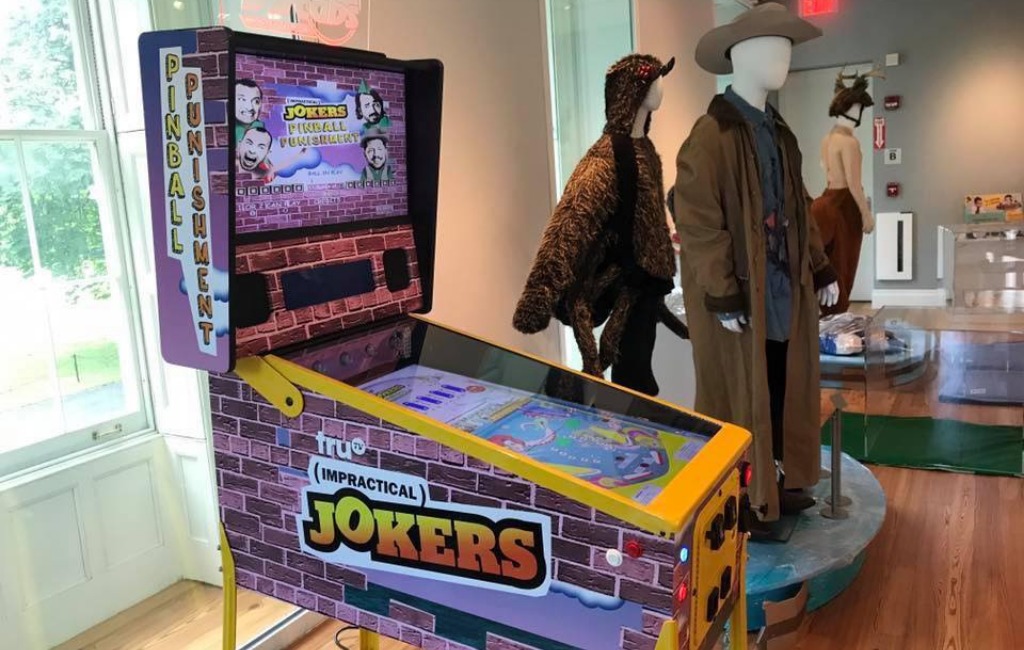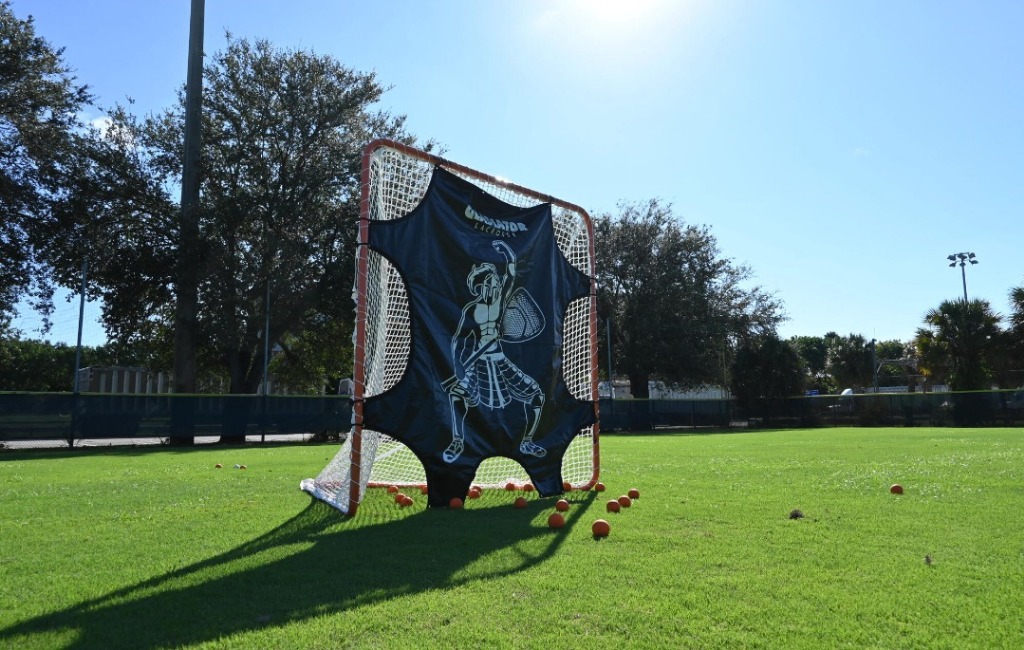VPCabs – Virtual Pinball Machine
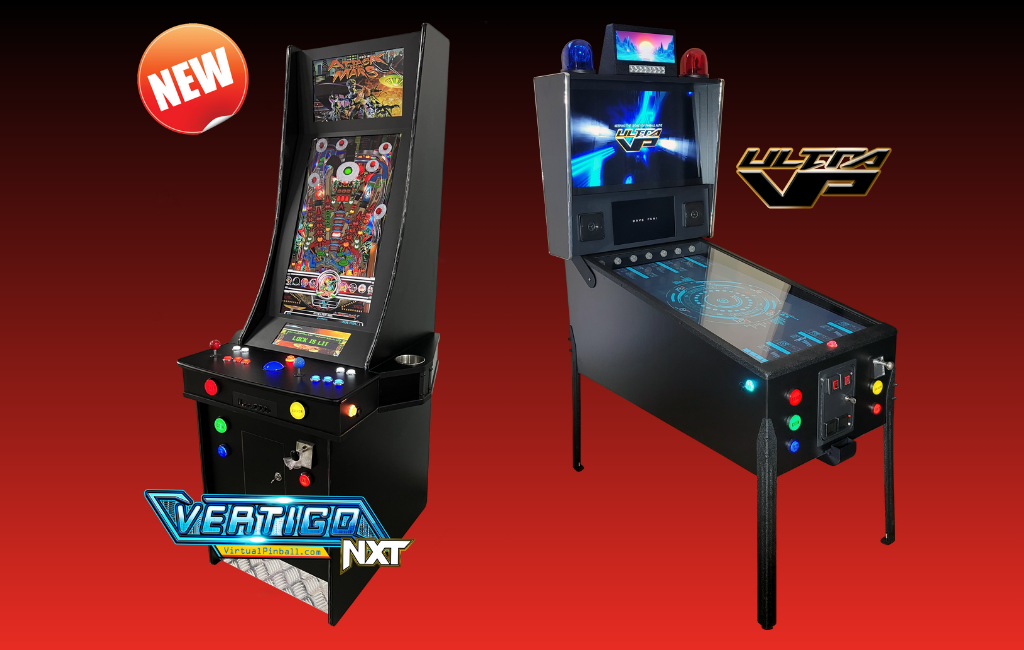

DEAL
EPISODE SUMMARY
🕓 Air Date: May 13, 2016
Asking For:
$200,000 for 10%
Investor:
Daymond John
Deal:
$200,000 for 25%
PRODUCT SUMMARY
VPCabs transforms traditional pinball cabinets into modern, digital gaming machines with hundreds of pinball games accessible on high-end gaming computers and HD LED screens.
WATCH HERE
IN A RUSH?
Click these to jump to the section you want to read.
Background Story
Brad Baker, founder of VPCabs, hails from Cincinnati, Ohio. His journey into the world of digital pinball began when his brother, who owned a large arcade, approached him with the idea of converting an old, non-functional pinball cabinet into a digital gaming machine. Brad, leveraging his 15 years of experience in the audio/video business, successfully created a rudimentary digital pinball machine.
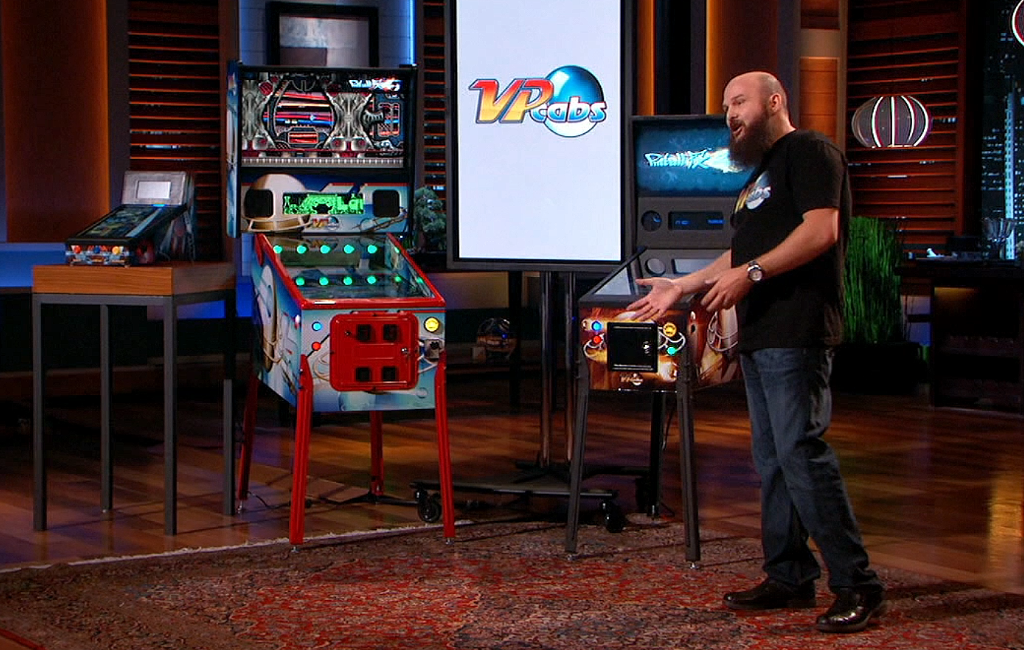
The demand quickly grew, saving his family from financial struggles during a challenging economic period. With initial success, VPCabs was born. Brad’s background in the home theater business and his brother’s involvement in the arcade industry provided a unique synergy for the company’s growth.
The Product
VPCabs offers a revolutionary approach to traditional pinball gaming. By replacing the physical components of a traditional pinball cabinet with a high-end gaming computer and multiple HD LED playing screens, the company enables users to choose from hundreds of pinball games seamlessly.
The advanced physics coding and feedback system recreate the feel of traditional pinball, allowing users to experience the clicks, knocks, sounds, and shakes in a digital format. The product, priced between $3,000 and $9,500, offers a cost-effective way for enthusiasts to enjoy a wide variety of pinball games.
The company’s web-connected platform ensures easy operation and updates for the machines. VPCabs showcases their products at trade shows, where they have achieved significant success, with their best two-day sales reaching $100,000.
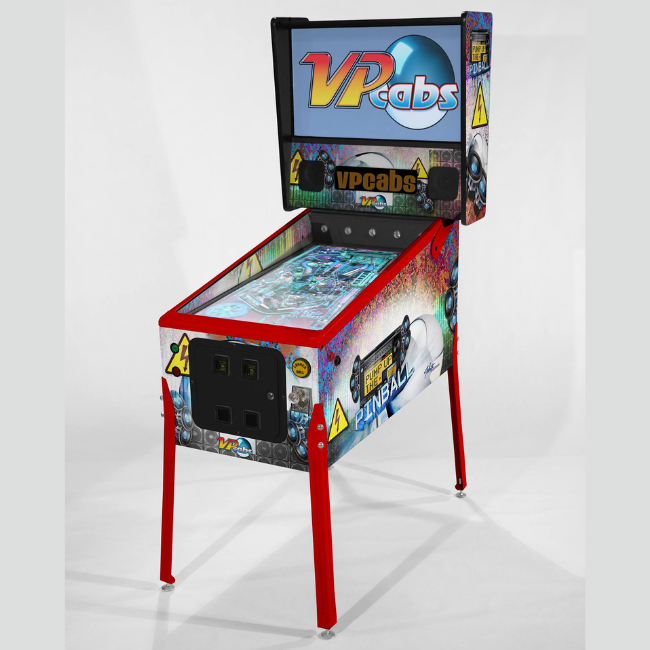
How It Went
The company’s position before Shark Tank
VPCabs has demonstrated robust performance, selling 200 units and generating close to $750,000 in sales within a year and a half. With machines priced between $3,000 and $9,500, the company achieves a 50% margin on its products, making them appealing to consumers. The business model involves selling directly to consumers through trade shows, with a successful track record of achieving substantial sales in a short span. The company’s growth strategy includes expanding its presence in trade shows and exploring partnerships with distributors and stores.
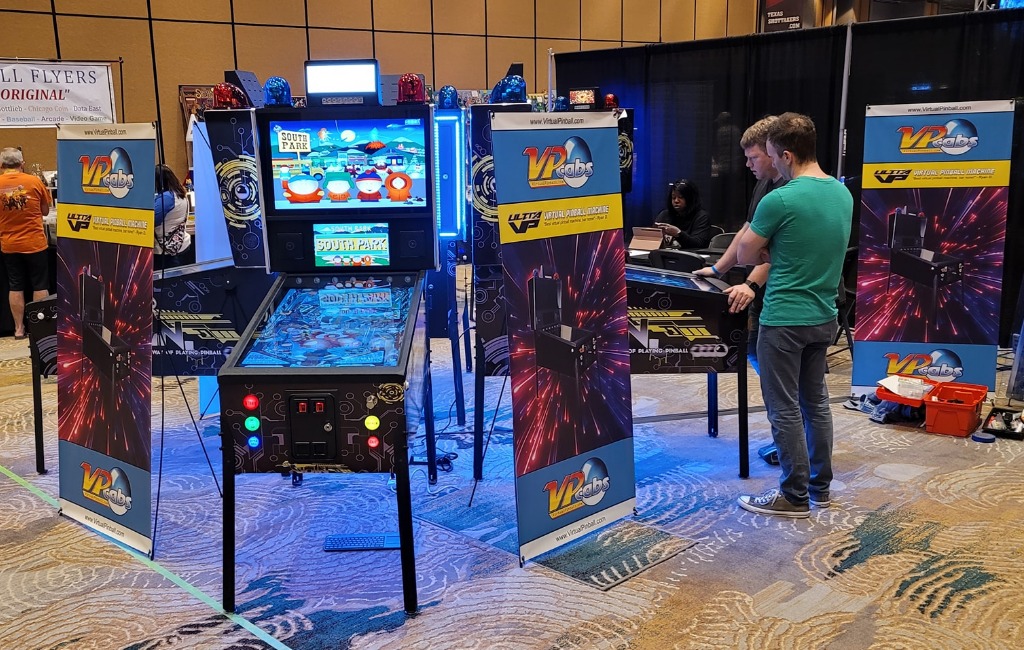
Brad envisions getting back into commercial establishments, such as big arcades like Dave & Buster’s and Chuck E. Cheese, which have previously phased out traditional pinball due to maintenance issues. VPCabs aims to tap into this market with its innovative digital pinball machines. Despite the success, the company’s net profit for 2014 was $12,000, with a gross profit of approximately $70,000. Brad acknowledges that the business is not yet profitable, as he reinvests every dime back into the company for growth. The challenge lies in balancing investment for expansion with achieving profitability.
The Negotiations:
The negotiation with the Sharks unfolded with Brad seeking a $200,000 investment for 10% equity. Daymond John ultimately made a deal offering $200,000 for a higher equity stake of 25%. Brad accepted the deal, expressing gratitude for the belief in his vision. The Sharks were initially skeptical about the scalability of the product, especially with the changing landscape of gaming preferences among younger audiences. Concerns were raised about the profitability of the business, given the relatively low net profit shown for 2014.
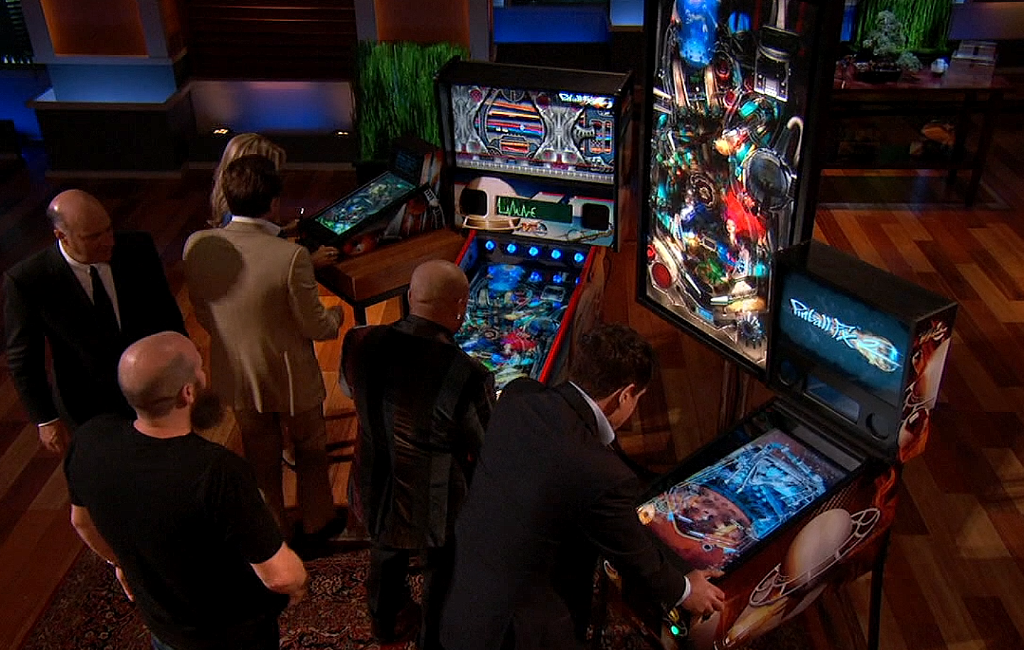
Despite these challenges, Daymond John saw potential in the digital pinball machine as a platform for gaming beyond traditional pinball enthusiasts. While some Sharks bowed out due to concerns about the market and scalability, Daymond John’s vision aligned with Brad’s goals for the commercial side of the business. The deal was sealed at $200,000 for 25%, with both parties expressing excitement about the partnership and the potential for the company’s growth.
